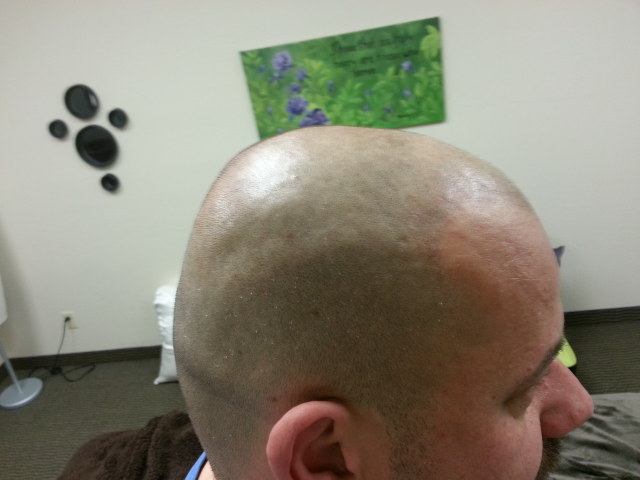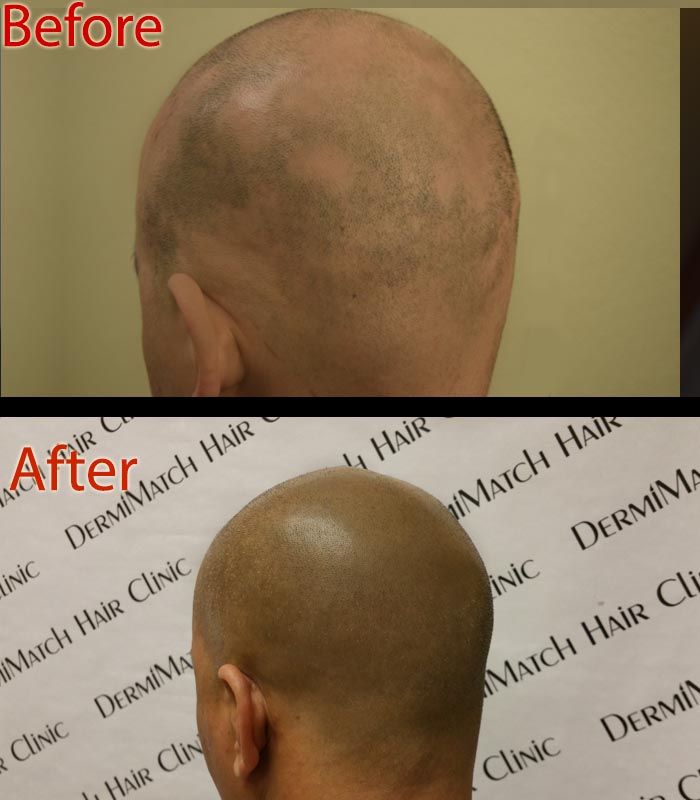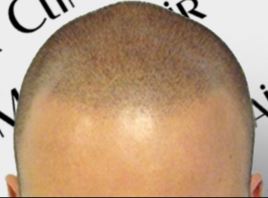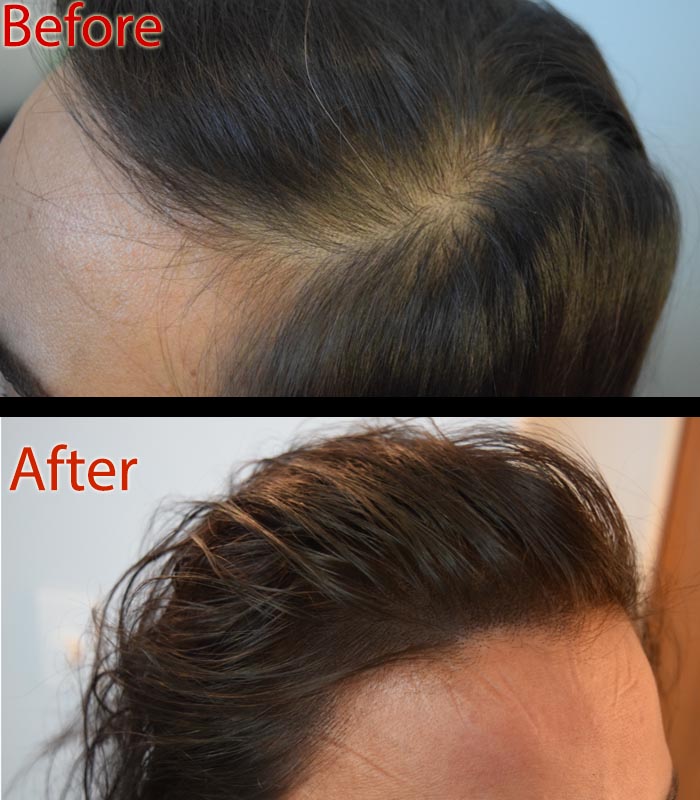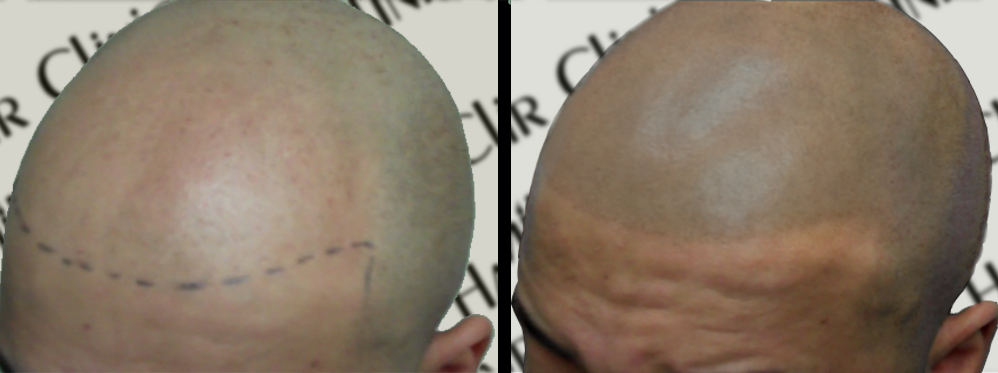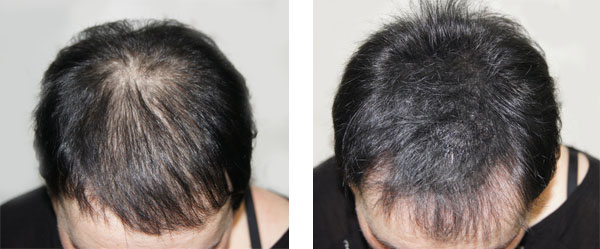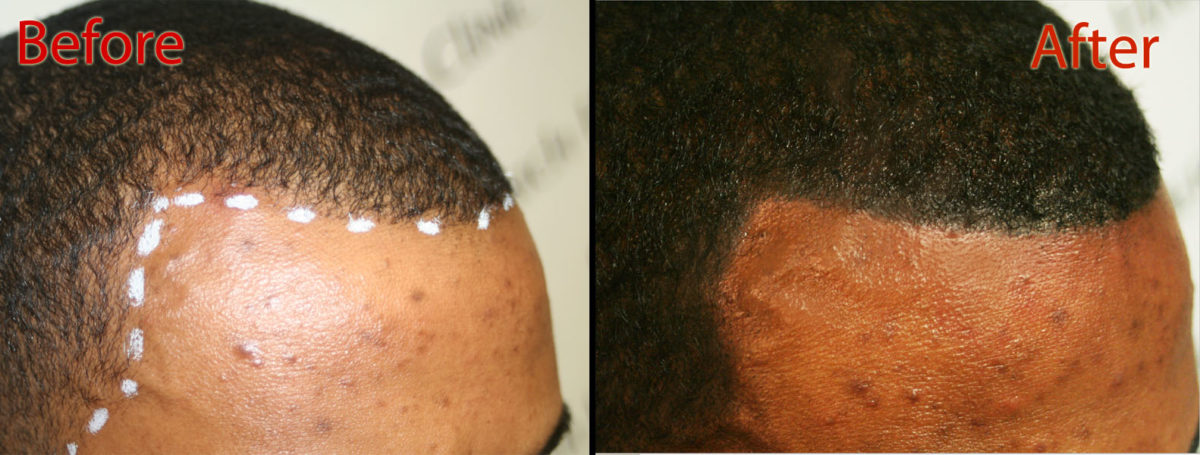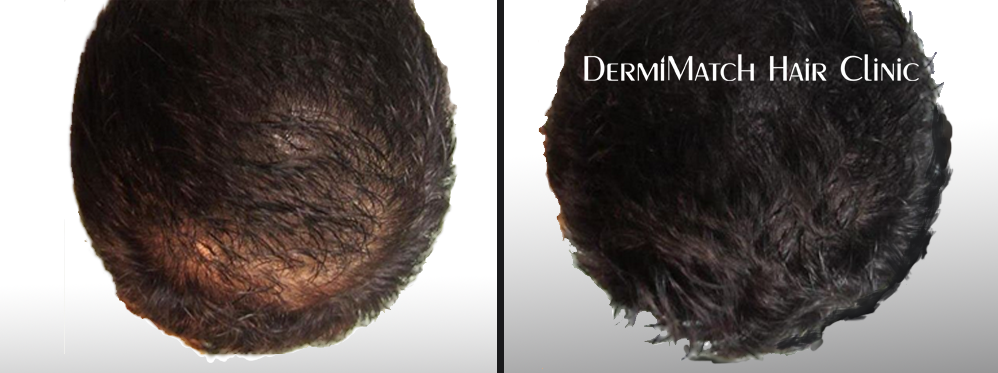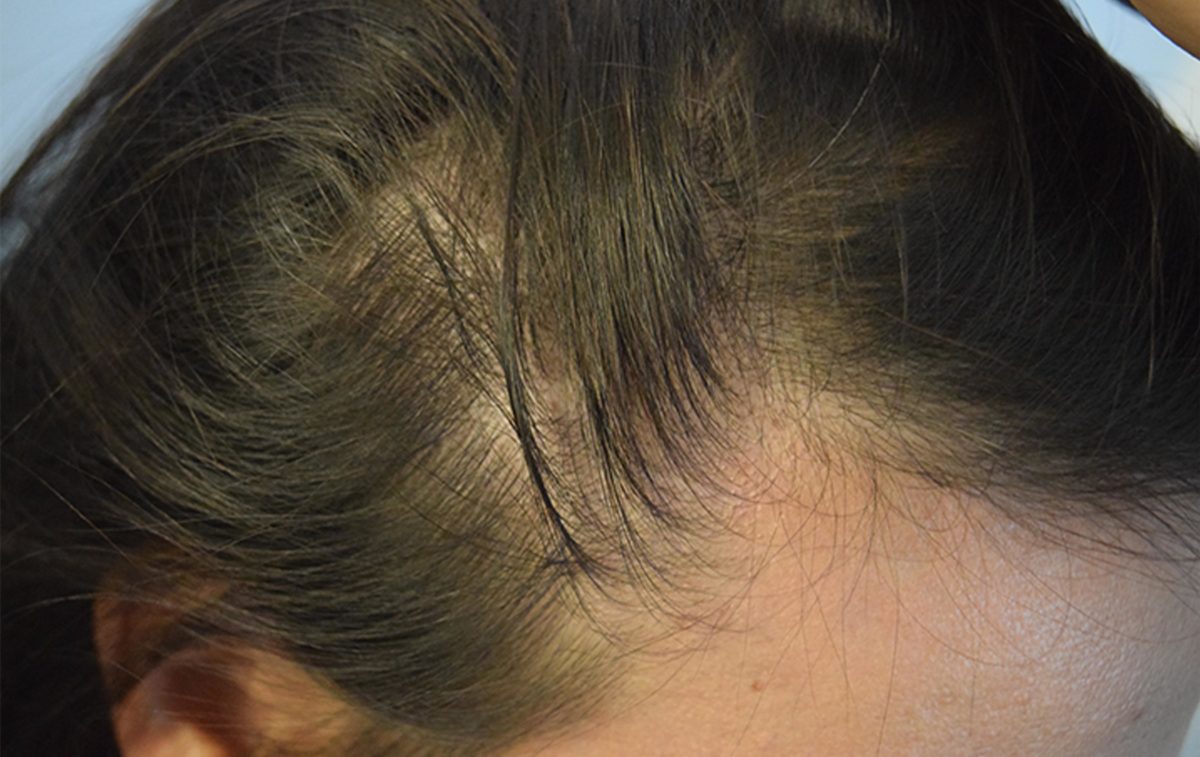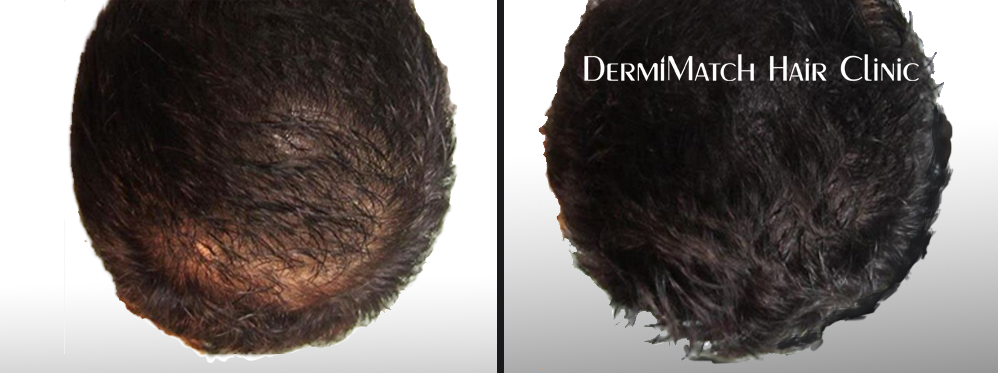Are hair loss and vitamin deficiency correlated? Well, yes and no. There are different causes of hair loss. Vitamin deficiency is one of the causes, particularly if you are deficient in iron, folic acid, vitamin D, and vitamin B12.
Various research studies have found that vitamin deficiency is at the root of hair loss in many men and women. Getting tested is essential. You want to find what deficiency you are suffering from. If the deficiency is the root cause of your problem, then such hair loss is reversible. However, it does take time.
Hair Loss and Vitamin Deficiency Link
Vitamin D
Vitamin D is critical for healthy hair as it helps to stimulate hair growth and prevent hair loss. A person with vitamin D insufficiency may experience thinning hair. Besides, there could be more hair shedding than usual. Check your vitamin D levels and supplement your diet to boost your levels.
Vitamin B12
There is a connection between Vitamin B12 and healthy hair. Deficiency can trigger hair loss. The reason is simple. A person deficient in vitamin B12 is not able to absorb nutrients from food, which are needed for hair growth. Supplementing your diet with B12 can help stimulate the growth of hair and prevent hair loss.
Iron
When you lack iron in your body, it means it can’t produce hemoglobin, which is essential for carrying oxygen to different cells. Oxygen plays a crucial role in the growth and repair of cells. This includes cells that stimulate hair growth.
Zinc
Research finds another correlation between hair loss and vitamin deficiency. If you are deficient in zinc, you could be suffering from hair loss. Zinc is crucial for cell growth. It also helps with the synthesis of protein in the body. Besides, zinc strengthens the immune system. Supplementation with zinc can help reverse hair loss.
Protein deficiency
The connection between hair loss and vitamin deficiency is real. But protein deficiency can also cause hair shedding. Protein is an essential component in the growth and maintenance of different tissues in the body. Your hair is no exception. They suffer due to a lack of protein deficiency. Remember, protein is crucial for hair growth. Hair follicles are made of keratin, which is a protein. Biotin helps in the production of keratin or hair protein, which stimulates the growth of hair.
Selenium deficiency
The role of selenium in the body is crucial. It activates an enzyme that helps in the regeneration of important antioxidants that kill free radicals and promote hair growth.
So your body needs vitamins and minerals for healthy hair. Get your levels tested today and include essential vitamin and mineral supplements that are scientifically proven to contribute to the maintenance of normal hair. However, the impact of dietary intervention and vitamin supplementation does not happen overnight. It is a gradual process.
How SMP Can Help?
If you seriously think that your hair loss and vitamin deficiency are correlated and need a quick fix, you may want to try out scalp micropigmentation in Phoenix. It is a cosmetic procedure designed to camouflage signs of hair loss. If you decide to go for scalp micropigmentation, then look for the best SMP practitioner in Phoenix, who knows how to go about it. They have the experience, resources, skills, and tools to give you the desired results.
Hair loss is an emotionally distressing experience. Let the best scalp artists in Pheonix at DermiMatch come to your rescue.

